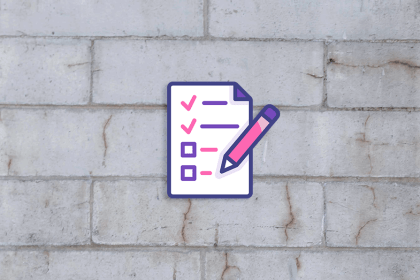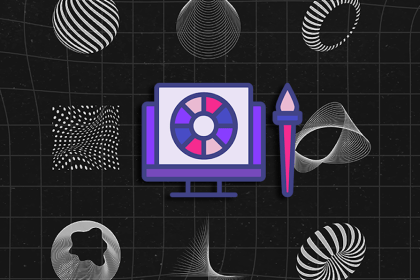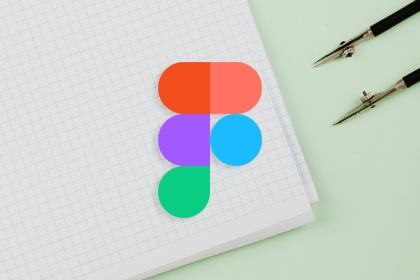
Figma’s auto layout feature has been a game changer for designers and developers, bridging the gap between design and frontend development.

From designing a simple list to a multiline list, there are many factors to consider that make lists accessible and visually appealing.

Adobe and Figma are going their separate ways, independently, after regulator scrutiny. Will users miss out on an Adobe-Figma future?

Neubrutalism in web design rejects a polished look. It often features an asymmetrical design and aims to express individualism.

Discover when mobile breadcrumbs are necessary and learn the best practices to implement them in your designs.

What are grid systems used for? Let’s walk through a step-by-step example of using Figma’s grid features to create responsive web pages.

Should we still use flat design, or is it time for a new design trend? Let’s explore its history, benefits, and drawbacks.

Swiss Style revolutionized the graphic design world by emphasizing its design principles and unique elements. But does it hold up?

Nesting Figma components can streamline design workflows by providing designers with the flexibility to swap instances of components.

To reduce friction in your customers’ purchasing process, it’s essential to have an informative and clear pricing page.

When done correctly, table creation in Figma can be streamlined and result in a powerful tool for your product.

Let’s talk about how to design a 404 page that navigates users back to safety. Mistakes happen, so why not put a spin on it?